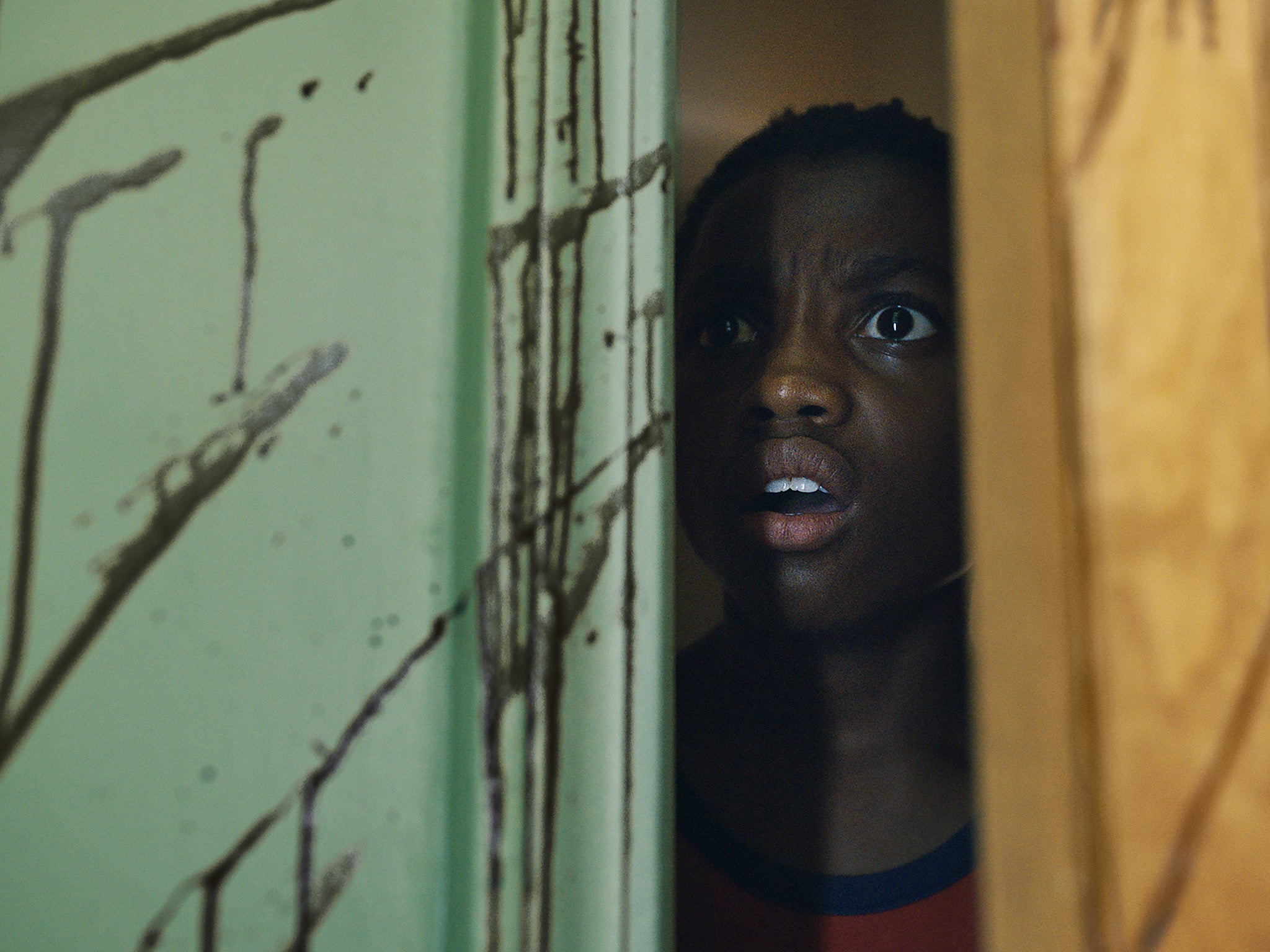Candyman review: An audacious if inconclusive sequel with much on its mind
A direct continuation of the 1992 horror classic tangles with potent, urgent themes
Your support helps us to tell the story
From reproductive rights to climate change to Big Tech, The Independent is on the ground when the story is developing. Whether it's investigating the financials of Elon Musk's pro-Trump PAC or producing our latest documentary, 'The A Word', which shines a light on the American women fighting for reproductive rights, we know how important it is to parse out the facts from the messaging.
At such a critical moment in US history, we need reporters on the ground. Your donation allows us to keep sending journalists to speak to both sides of the story.
The Independent is trusted by Americans across the entire political spectrum. And unlike many other quality news outlets, we choose not to lock Americans out of our reporting and analysis with paywalls. We believe quality journalism should be available to everyone, paid for by those who can afford it.
Your support makes all the difference.Dir: Nia DaCosta. Starring: Yahya Abdul-Mateen II, Teyonah Parris, Nathan Stewart-Jarrett, Colman Domingo. 15, 91 mins.
Well, is it better than the original? It’s the same question that’s rolled out for every sequel or remake, as if the purpose of revisiting a story is simply to create a newer, shinier replacement for it. But to ask that of Nia DaCosta’s Candyman, a film that nominally serves as a direct continuation of Bernard Rose’s 1992 horror classic, is to entirely misunderstand its purpose. Her Candyman does not exist in contrast to what came before. It’s not here to improve upon the past. What makes her film feel so striking – even when it does, at times, feel a touch messy or self-conflicted – is the way it exists in constant conversation with what preceded it. Thematically, it’s less of a sequel than a response.
Many a child of the Nineties was terrorised by the concept of the Candyman – a hook-handed killer who appears in the mirror if you dare say his name five times. The simplicity of that premise, and the hypnotic power of Tony Todd’s original performance, seemed to bleed from the screen and into reality. The Candyman became an urban legend in his own right. But Rose’s film, too, has remained one of the most enduringly potent entries into the horror canon because of its bogeyman’s origins – as a 19th-century artist who was slaughtered by a mob after falling in love with one of his subjects, a white woman. The decades since have been spent deciphering what exactly Candyman has to say about the cycles of white supremacist violence, in both individual and structural forms. How are we meant to interpret the fact that Candyman craves victims only to feed his legend and keep alive the story of his own suffering?
The Candyman of 2021 sees DaCosta continue these themes and even expand on them, introducing a “hive” of Candyman devotees, all lingering souls of black men murdered by white hands. But there’s something else buried in the satisfyingly knotty web of DaCosta’s storytelling – a metatextual commentary that asks how exactly the most painful, traumatic parts of black history should be preserved through art. Who should tell these stories and in what way? What is their power? Did Rose, a white filmmaker, commodify black trauma in creating a pop-culture figure like the Candyman? Does DaCosta open herself up to criticism by creating a piece of big-budget entertainment that plays on the imagery of police brutality?
There’s an open-endedness to all these questions that only tightens the grip that DaCosta’s Candyman has on its audience. Her script, which she co-wrote with horror maestro Jordan Peele and Win Rosenfeld, introduces the figure of Anthony McCoy (Yahya Abdul-Mateen II) – an artist labelled “the great black hope of the Chicago art scene”, who becomes fascinated with the Candyman story and the creative potential it represents. That drive is partially a manifestation of the pressure put on him by white art dealers, who want him only to replicate black trauma on a canvas so they can hang it up as proof of their own intellectual prowess.
Meanwhile, Anthony’s girlfriend Brianna (Teyonah Parris, an always welcome presence, who is set to feature in DaCosta’s next film, superhero flick The Marvels) is similarly held back by expectation. People are only interested in the fact her artist father killed himself, as if that would be the defining force behind her entire professional output. As Anthony is drawn further and further into the Candyman’s world, leaving a trail of bodies in his wake, DaCosta allows her audience to consider both what is gained and sacrificed in the retelling of his story, what drives its necessity, and what power lies in the words “say my name” – the phrase being an obvious, modern parallel to the slogans of the Black Lives Matter movement.

It’s a lot for a film like Candyman to tackle – one that’s still been made and advertised as a slick, enjoyable horror coming out of Peele’s Monkey Paw production company. And while the delivery of these themes can be a little inconclusive, and occasionally too on the nose, it’s at least made up for in the straight craft of DaCosta’s filmmaking. There’s an audacity to her horror – in the way she’ll stage her kills under the glare of fluorescent lights, or half-concealed by windows and reflections. There’s humour to the way she subverts the standard horror tropes (these characters are too smart to stumble into dark basements) and in how her millennial characters treat folklore with a sense of ironic detachment. With Candyman, DaCosta looks both to the past and to the present – and in it’s in the bridge between both that she finds her film’s impressive potency.




Join our commenting forum
Join thought-provoking conversations, follow other Independent readers and see their replies
Comments